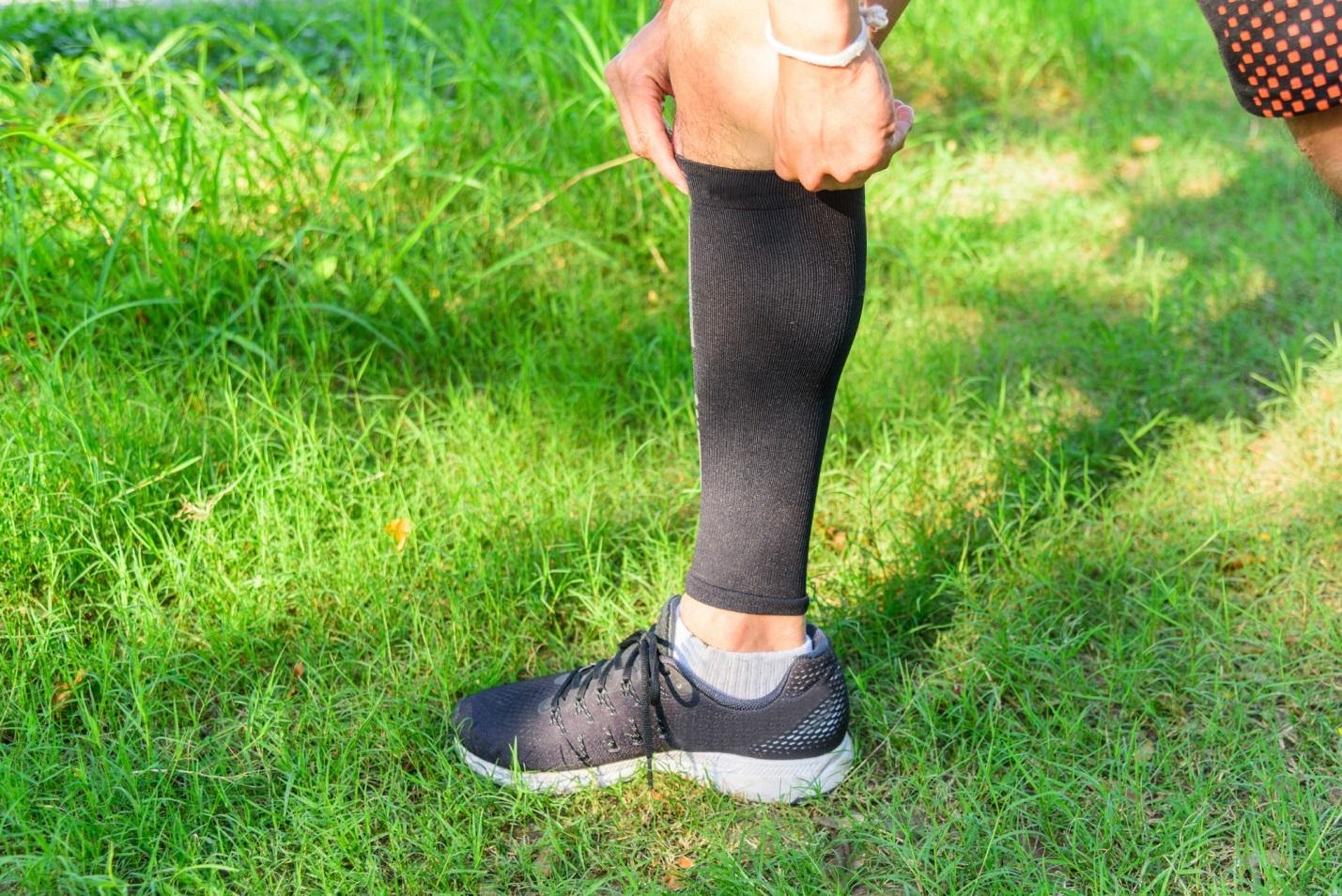
This is the perfect amount of pressure for those worried about developing a blood clot while flying or for those with minor swelling. It’s enough support to combat muscle fatigue and swelling from extended vertical positioning. This mild pressure is perfect for those on their feet for long periods a day. They are measured in mmHg, which categorizes the amount of pressure or firmness around your legs, ankles and feet. Generally, there are three different levels of compression ratings: mild, medium and high. You can wear them for a few hours, or for most of the day- just be sure to take them off before bed.* Unless advised to wear them overnight by a doctor. There’s really no need to monitor how long you wear compression socks for in the span of a day. Those suffering from foot or ankle conditions may need different socks than we detail in this article, for honing in on problematic areas. We have patients with previous conditions like Plantar Fasciitis that find relief wearing compression socks with padded heels, arch or toe support. Pressured stockings or socks can increase circulation and provide relief for tired muscles. Why? Marathon runners, waiting staff, pharmacists and those who stand or move for extended periods of time can overburden their veins and muscles. Those on their feet for hours upon hours at a time are great candidates for compression socks. If you’re active for long bouts of time.Protruding varicose veins can be quite painful, and compression socks can help to stop the veins from growing worse and encourage better upward movement. Those with varicose veins have blood collect in the small valves behind the veins instead of flowing to their heart. However, those with poor return of fluid from their leg veins with conditions like Deep Venous Thrombosis (DVT) or Pulmonary Embolism (PE) or other venous disorders can often benefit from compression socks or stockings.
#Many benefits of compression socks professional#
There are a number of reasons that you could experience swelling in your feet or legs, so be sure to seek a professional opinion before diagnosing the cause. Elderly patients often benefit from pressured socks or stockings in particular, but really anyone whose movement is limited can benefit from wearing a pair. If you broke a bone in your foot or recently had surgery that prevents you from moving, compression socks can help to reduce dangerous stagnation within your blood.


They’re becoming a more and more popular staple for flights. If you’re stuck in a confined space and unable to walk for many hours, compression socks can help to reduce your risk of developing a blood clot. Let’s see why these polar opposite types need a little extra pressure. Ironically, both those who are inactive and those who are very active can benefit from wearing compression socks. The extra pressure promotes better circulation both for those always on the feet and those frequently off of them. In simplest terms, compression socks help to reduce your chances of developing a blood clot. The added pressure of these form-fitting socks around your feet, ankles and legs encourages blood in the veins of your legs to travel to your heart- reducing the likelihood of a blockage. Perhaps the number one way compression socks benefit you is by stimulating blood flow upward.


 0 kommentar(er)
0 kommentar(er)
